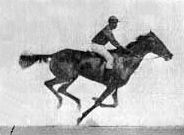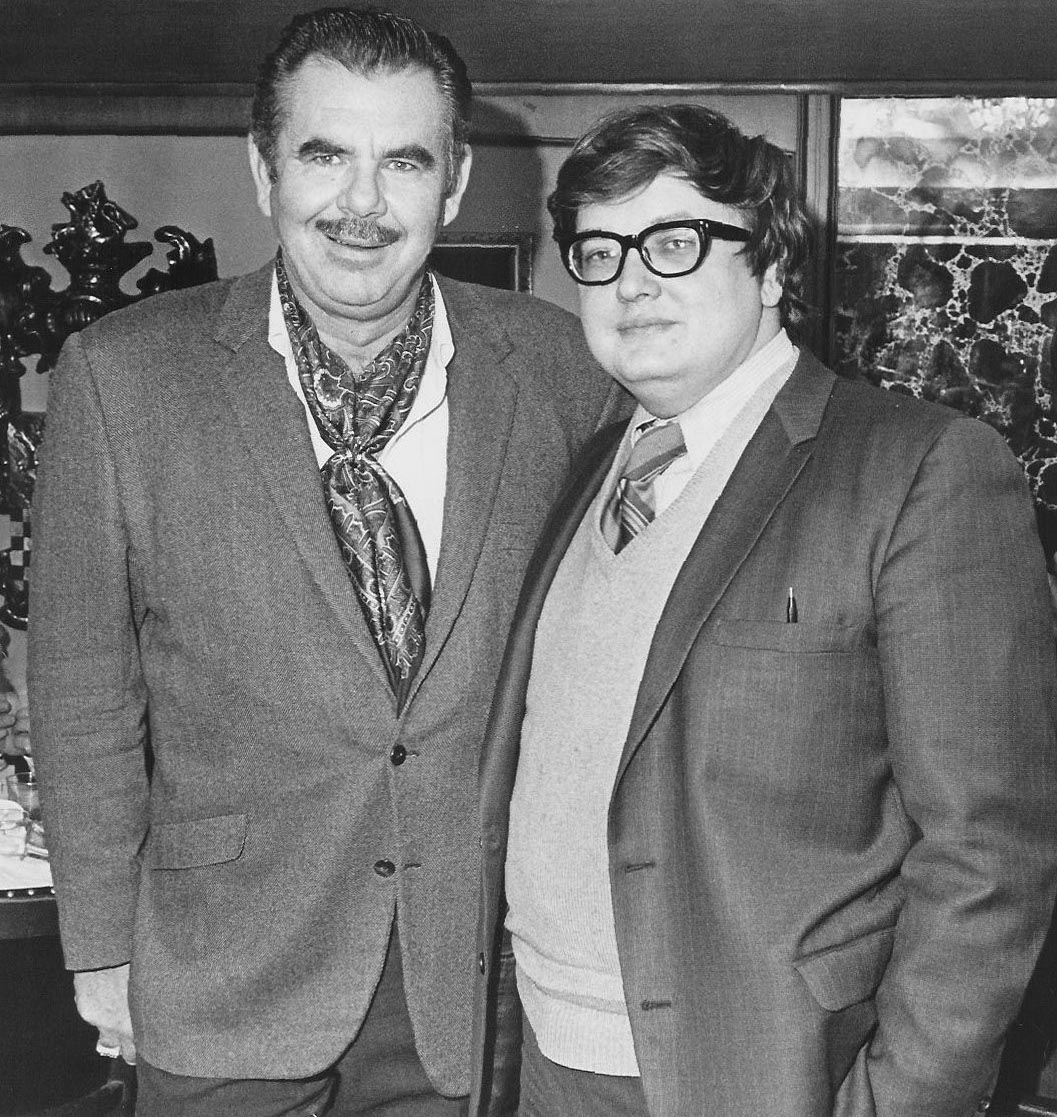|
Shot (filmmaking)
In filmmaking and video production, a shot is a series of film frame, frames that runs for an uninterrupted period of time. Film shots are an essential aspect of a Film, movie where Camera angle, angles, Film transition, transitions and Cut (transition), cuts are used to further express emotion, ideas and movement. The term "shot" can refer to two different parts of the filmmaking process: #In production, a shot is the moment that the camera starts rolling until the moment it stops. #In film editing, a shot is the continuous footage or sequence between two edits or cuts.Ascher, Steven, and Edward Pincus. ''The Filmmaker's Handbook: A Comprehensive Guide for the Digital Age''. New York: Plume, 1999. p. 214. Etymology The term "shot" is derived from the early days of film production when cameras were hand-cranked, and operated similarly to the hand-cranked machine guns of the time. That is, a cameraman would "shoot" film the way someone would "shoot" bullets from a machine gun. ... [...More Info...] [...Related Items...] OR: [Wikipedia] [Google] [Baidu] |
Filmmaking
Filmmaking or film production is the process by which a Film, motion picture is produced. Filmmaking involves a number of complex and discrete stages, beginning with an initial story, idea, or commission. Production then continues through screenwriting, Casting (performing arts), casting, pre-production, Principal photography, shooting, Sound recording and reproduction, sound recording, post-production, and screening the finished product before an audience, which may result in a film release and exhibition. The process is nonlinear, in that the filmmaker typically shoots the script out of sequence, repeats shots as needed, and puts them together through editing later. Filmmaking occurs in a variety of economic, social, and political contexts around the world, and uses a variety of technologies and cinematic techniques to make theatrical films, episodic films for television and streaming platforms, music videos, and promotional and educational films. Although filmmaking originally ... [...More Info...] [...Related Items...] OR: [Wikipedia] [Google] [Baidu] |
Full Shot
In photography, filmmaking and video production, a wide shot (sometimes referred to as a full shot or long shot) is a shot that typically shows the entire object or human figure and is usually intended to place it in some relation to its surroundings. These are typically shot now using wide-angle lenses (an approximately 25 mm lens in 35 mm photography and 10 mm lens in 16 mm photography). However, due to sheer distance, establishing shots and extremely wide shots can use almost any camera type. History This type of filmmaking was a result of filmmakers trying to retain the sense of the viewer watching a play in front of them, as opposed to just a series of pictures. The wide shot has been used since films have been made as it is a very basic type of cinematography. In 1878, one of the first true motion pictures, '' Sallie Gardner at a Gallop'', was released. Even though this wouldn't be considered a film in the current motion picture industry, it was a h ... [...More Info...] [...Related Items...] OR: [Wikipedia] [Google] [Baidu] |
Sergio Leone
Sergio Leone ( ; ; 3 January 1929 – 30 April 1989) was an Italian filmmaker, credited as the pioneer of the spaghetti Western genre. He is widely regarded as one of the greatest directors in the history of cinema. Leone's film-making style includes juxtaposing extreme Close-up, close-up shots with lengthy long shots. His films include the Dollars Trilogy of Westerns featuring Clint Eastwood: ''A Fistful of Dollars'' (1964), ''For a Few Dollars More'' (1965), and ''The Good, the Bad and the Ugly'' (1966); and the ''Once Upon a Time'' films: ''Once Upon a Time in the West'' (1968), ''Duck, You Sucker!'' (1971), and ''Once Upon a Time in America'' (1984). Early life Born on 3 January 1929 in Rome, Leone was the son of the cinema pioneer Vincenzo Leone (known as Roberto Roberti or Leone Roberto Roberti) and silent film actress Edvige Valcarenghi (known as Bice Waleran). His mother was of Milanese and remote Austrians, Austrian descent. During his schooldays, Leone was a classm ... [...More Info...] [...Related Items...] OR: [Wikipedia] [Google] [Baidu] |
Dollars Trilogy
The ''Dollars Trilogy'' (), also known as the ''Man with No Name Trilogy'' (), is an Italian film series consisting of three spaghetti western films directed by Sergio Leone. The films are titled '' A Fistful of Dollars'' (1964), '' For a Few Dollars More'' (1965) and '' The Good, the Bad and the Ugly'' (1966). Their English versions were distributed by United Artists, while the Italian ones were distributed by Unidis and PEA. The series has become known for establishing the spaghetti western genre, and inspiring the creation of many more spaghetti western films. The three films are consistently listed among the best-rated western films in history. The three films came to be considered a trilogy following the exploits of the same so-called "'' Man with No Name''", portrayed by Clint Eastwood. The "''Man with No Name''" concept was invented by the American distributor United Artists, looking for a strong angle to sell the films as a trilogy. Eastwood's characters in all the ... [...More Info...] [...Related Items...] OR: [Wikipedia] [Google] [Baidu] |
Spaghetti Western
The spaghetti Western is a broad subgenre of Western films produced in Europe. It emerged in the mid-1960s in the wake of Sergio Leone's filmmaking style and international box-office success. The term was used by foreign critics because most of these Westerns were Cinema of Italy, produced and directed by Italians. The majority of the films in the spaghetti Western genre were international Co-production (media), co-productions by Italy and Spain, and sometimes France, West Germany, Britain, Portugal, Greece, Yugoslavia, and the United States. Over six hundred European Westerns were made between 1960 and 1978, including nearly five hundred in Italy, which dominated the market. Most spaghetti Westerns filmed between 1964 and 1978 were made on low budgets, and shot at Cinecittà, Cinecittà Studios and various locations around southern Italy and Spain. Leone's films and other core spaghetti Westerns are often described as having eschewed, criticized or even "demythologized" many ... [...More Info...] [...Related Items...] OR: [Wikipedia] [Google] [Baidu] |
:Category:1940s In Film
{{infilmdecade, 19, 4, 20th Film Film A film, also known as a movie or motion picture, is a work of visual art that simulates experiences and otherwise communicates ideas, stories, perceptions, emotions, or atmosphere through the use of moving images that are generally, sinc ... 20th century in film ... [...More Info...] [...Related Items...] OR: [Wikipedia] [Google] [Baidu] |
:Category:1930s In Film ...
{{infilmdecade, 19, 3, 20th 20th century in film Film Film A film, also known as a movie or motion picture, is a work of visual art that simulates experiences and otherwise communicates ideas, stories, perceptions, emotions, or atmosphere through the use of moving images that are generally, sinc ... [...More Info...] [...Related Items...] OR: [Wikipedia] [Google] [Baidu] |
Film Criticism
Film criticism is the analysis and evaluation of films and the film medium. In general, film criticism can be divided into two categories: Academic criticism by film studies, film scholars, who study the composition of film theory and publish their findings and essays in books and journals, and general Journalism, journalistic criticism that appears regularly in press newspapers, magazines and other popular mass-media outlets. Academic film criticism rarely takes the form of a review; instead it is more likely to analyse the film and its place in the history of its genre, the industry and History of film, film history as a whole. Film criticism is also labeled as a type of writing that perceives films as possible achievements and wishes to convey their differences, as well as the films being made in a level of quality that is satisfactory or unsatisfactory. Film criticism is also associated with the journalistic type of criticism, which is grounded in the media's effects being ... [...More Info...] [...Related Items...] OR: [Wikipedia] [Google] [Baidu] |
Western (genre)
The Western is a genre of fiction typically Setting (narrative), set in the American frontier (commonly referred to as the "Old West" or the "Wild West") between the California Gold Rush of 1849 and the closing of the frontier in 1890, and commonly associated with Americana (culture), folk tales of the Western United States, particularly the Southwestern United States, as well as Northern Mexico and Western Canada. The frontier is depicted in Western media as a sparsely populated hostile region patrolled by cowboys, Outlaw (stock character), outlaws, sheriffs, and numerous other Stock character, stock Gunfighter, gunslinger characters. Western narratives often concern the gradual attempts to tame the crime-ridden American West using wider themes of justice, freedom, rugged individualism, manifest destiny, and the national history and identity of the United States. Native Americans in the United States, Native American populations were often portrayed as averse foes or Savage ( ... [...More Info...] [...Related Items...] OR: [Wikipedia] [Google] [Baidu] |
Handgun Holster
A handgun holster is a device used to hold or restrict the undesired movement of a handgun, most commonly in a location where it can be easily withdrawn for immediate use. Holsters are often attached to a belt or waistband, but they may be attached to other locations of the body (e.g., the ankle holster). Holsters vary in the degree to which they secure or protect the firearm. Some holsters for law enforcement officers have a strap over the top of the holster to make the handgun less likely to fall out of the holster or harder for another person to grab the gun. Some holsters have a flap over the top to protect the gun from the elements. Function Holsters are generally designed to offer protection to the handgun, secure its retention, and provide ready access to it. The need for ready access is often at odds with the need for security and protection, so users must consider their needs. Choosing the right balance of security and availability can be very important, especially in ... [...More Info...] [...Related Items...] OR: [Wikipedia] [Google] [Baidu] |
American Shot
An American shot or cowboy shot is a medium-long ("knee") film shot of a group of characters, who are arranged so that all are visible to the camera. It is a translation of a phrase from French film criticism, ''.'' The usual arrangement is for the actors to stand in an irregular line from one side of the screen to the other, with the actors at the end coming forward a little and standing more in profile than the others. The purpose of the composition is to allow complex dialogue scenes to be played out without changes in camera position. In some literature, this is simply referred to as a 3/4 shot. One of the other main reasons why French critics called it "American shot" was its frequent use in the western genre. This was because a shot that started at knee level would reveal the weapon of a cowboy, usually holstered at their waist. It is the closest the camera can get to an actor while keeping both their face and their holstered gun in frame. The French critics thought it ... [...More Info...] [...Related Items...] OR: [Wikipedia] [Google] [Baidu] |






